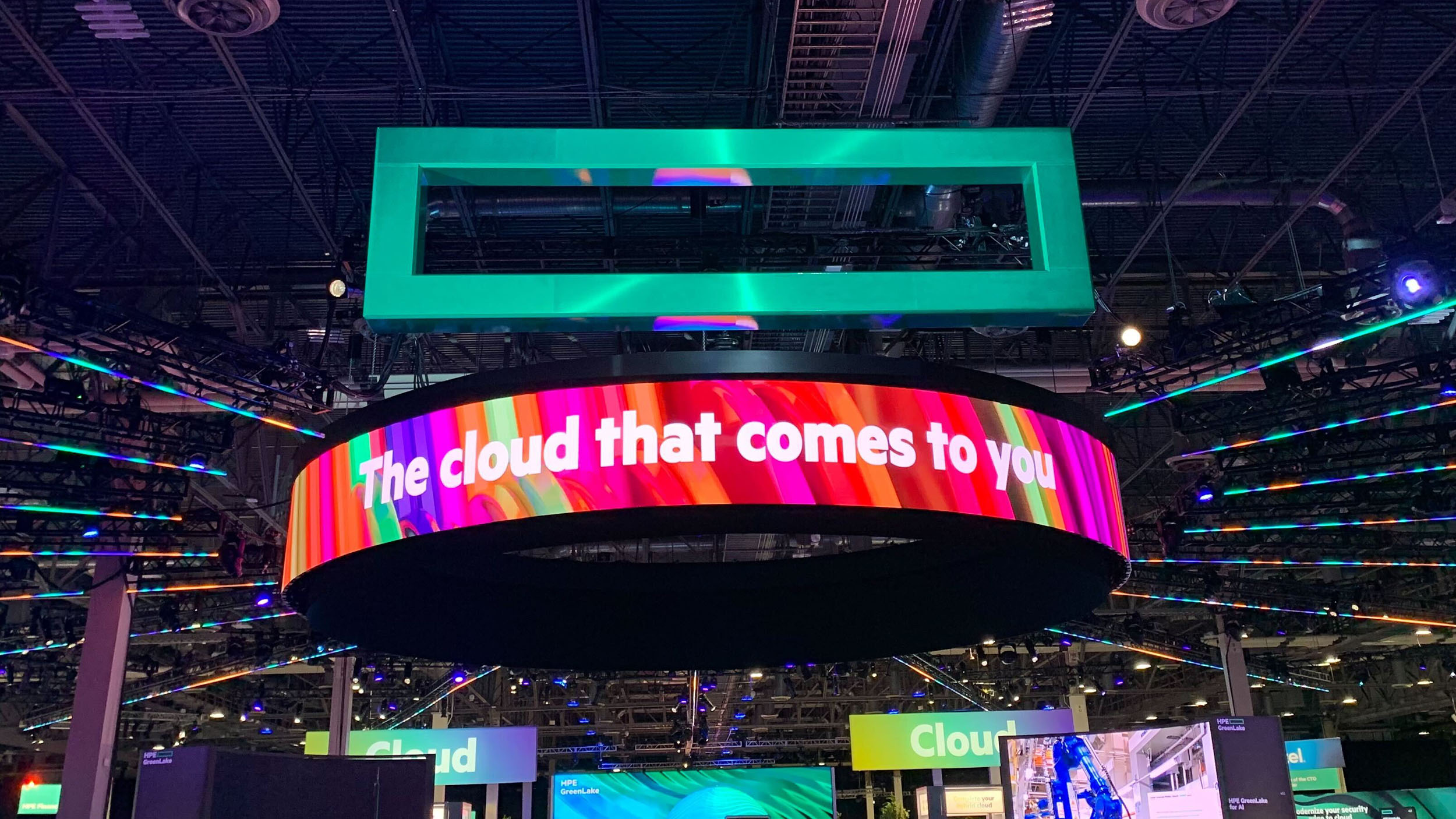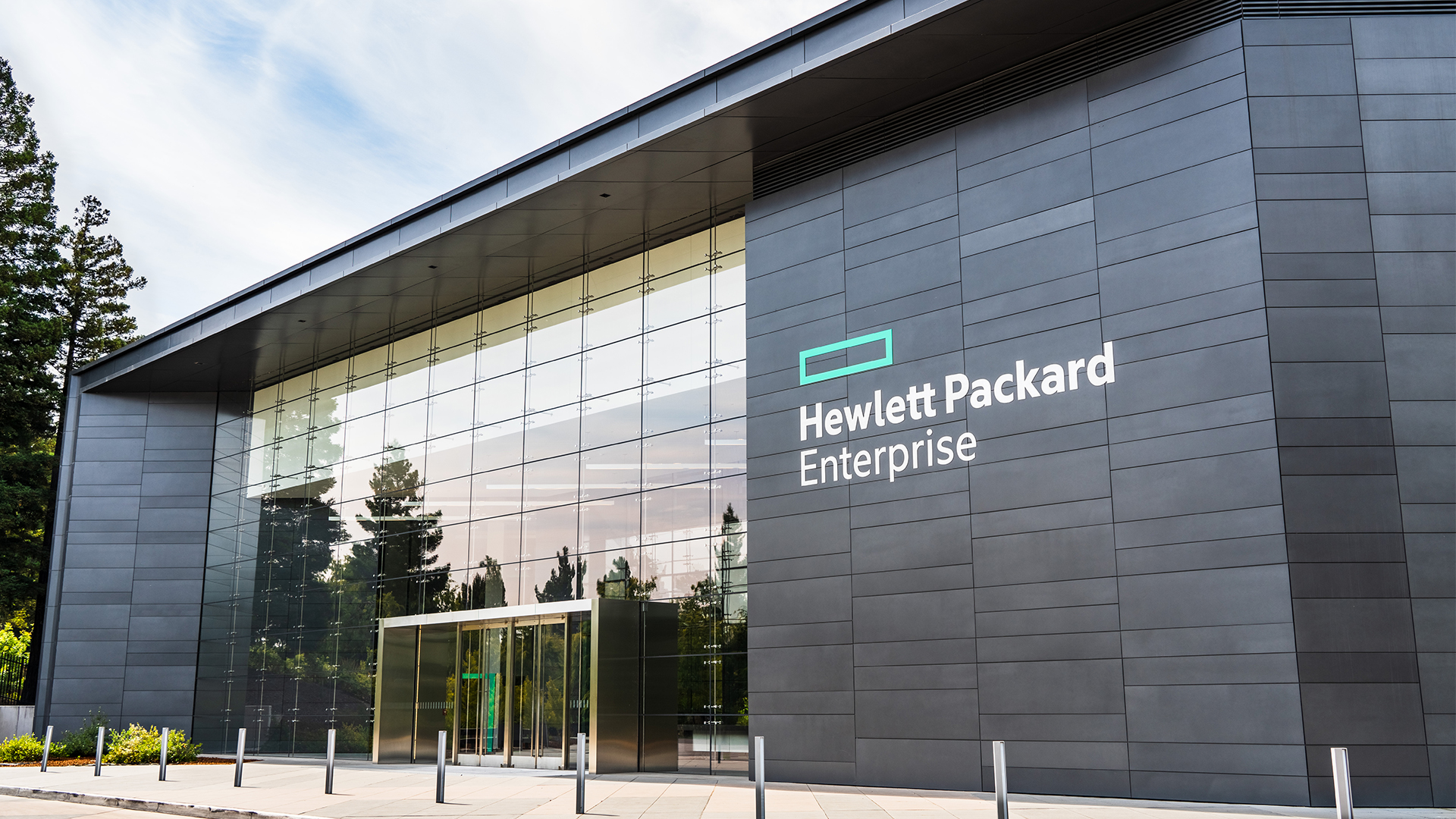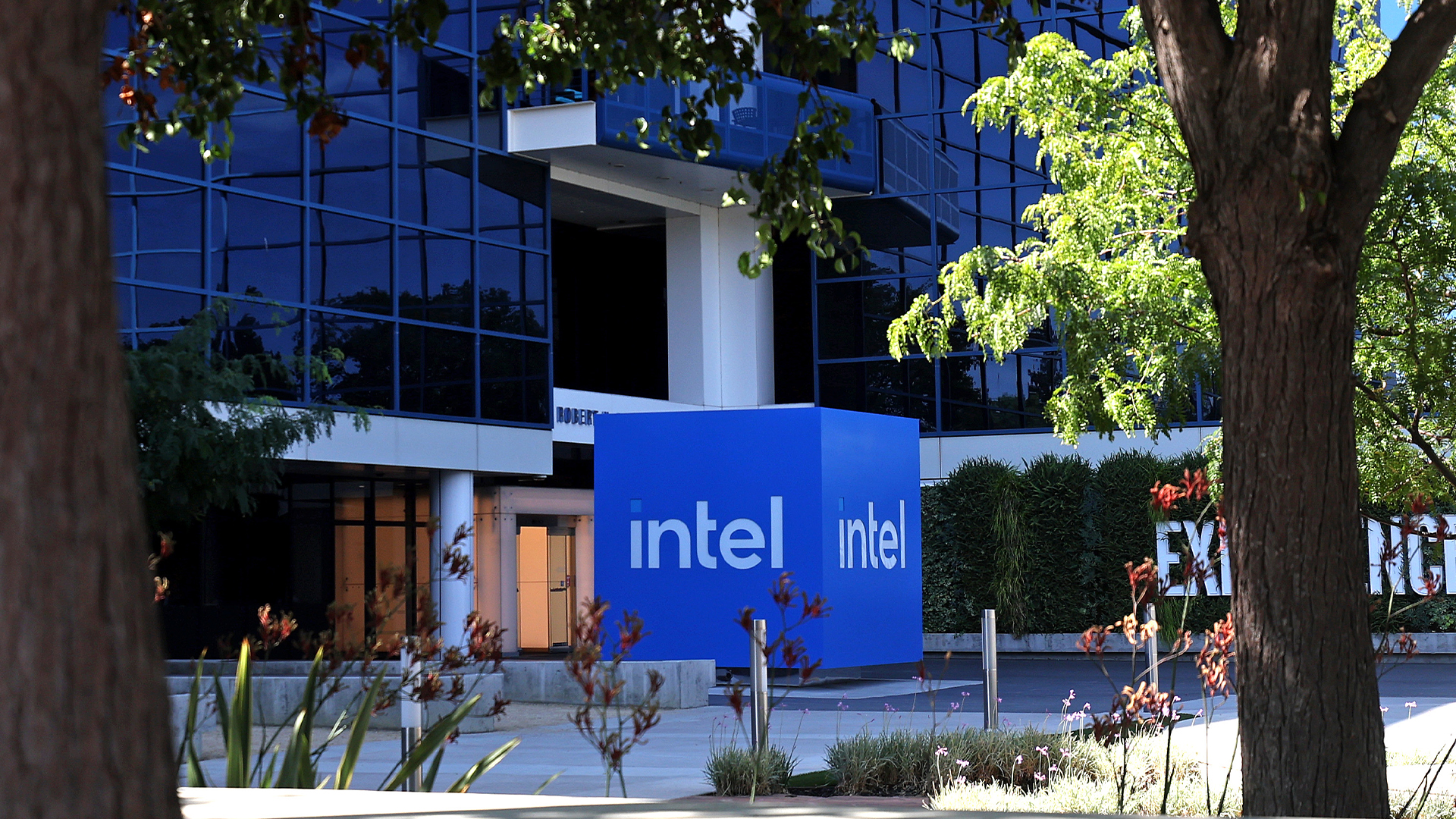Sponsored by HPE and Intel
The power and the pain: Looking forward so you’re not held back
Avoiding server modernization may seem like a cost-saving strategy, but the hidden risks of downtime, security breaches, and operational inefficiencies can quickly become far more costly…

The pressure to innovate while controlling costs has left many organizations at a crossroads when it comes to modernizing their IT infrastructure.
While modernization may seem like a daunting task, businesses need to look forward and take proactive steps to upgrade their server infrastructure. Not only does modernization enhance performance and security, but it also reduces IT costs and improves agility, positioning companies for future growth.
It can seem tempting to try and put things off to save time and money for other things, but delaying these critical upgrades can come with unexpected risks (See Proactive vs reactive: Taking control of your future section for more detail).
From costly downtime to increased vulnerability to cyberattacks, businesses that hesitate to modernize their server environments often find themselves paying a much higher price in the long run, according to the HPE whitepaper The Hidden Costs of Waiting to Modernize Your Service Infrastructure.
In fact, research from Aberdeen shows that companies that modernize their core infrastructure are 80% more likely to experience improved performance and 40% more likely to reduce IT expenses. As legacy systems continue to hinder competitiveness, modern, cloud-ready solutions offer the key to unlocking greater innovation and long-term success.
The risks of waiting: Downtime, security threats and associated costs
Delaying server modernization may seem like a manageable decision in the short term, but the long-term consequences can be severe. The reality is that businesses that fail to upgrade their core IT infrastructure, including servers, are at significantly higher risk of downtime. Aberdeen’s research shows that the average cost of just one hour of downtime is over six figures, with some instances exceeding $2 million. Such financial strain can be devastating, not only disrupting operations but also damaging customer trust and revenue streams.
Security is another critical concern. Outdated server systems are 45% more likely to experience security failures, making them prime targets for cyberattacks. The increasing sophistication of cybercriminals means that businesses without modern infrastructure are leaving the door wide open to hackers. A successful breach could expose sensitive data, violate compliance standards, and erode brand reputation. In an age where security is paramount, a reactive approach to infrastructure only heightens these risks and weakens your company’s position.
While the financial costs of downtime and security breaches are stark, there are deeper, often less visible, consequences to delaying server modernization. One of the most overlooked costs is the impact on business agility and innovation. Teams forced to work with slow, inefficient legacy systems are less able to respond quickly to market shifts or embrace new technologies that could enhance their operations. The constant need for patching and maintenance of older systems diverts valuable IT resources away from strategic initiatives, stifling the company’s potential for growth and innovation.
Customer experience is also a key area affected by aging infrastructure. In today’s digital-first world, customers expect a fast, seamless service. Frequent outages or slow performance due to outdated systems can erode trust, pushing customers towards more reliable competitors. Without the flexibility and efficiency provided by modern infrastructure, businesses risk falling behind, unable to deliver the quality of service that today’s consumers demand.
Proactive vs reactive: Taking control of your future
Modernizing your server infrastructure isn’t just a preventative measure, it’s a catalyst for improved business performance. Companies that invest in upgrading their servers to modern, cloud-ready solutions benefit from an 80% improvement in performance and a 40% reduction in IT costs. These gains translate directly into business value, enabling faster decision-making, smoother operations, and a stronger competitive edge in the marketplace.
Modern servers also come with enhanced security features, providing built-in defenses against evolving cyber threats. This helps businesses reduce the likelihood of costly breaches, safeguard sensitive data, and maintain compliance with regulatory standards. In addition to improved performance and security, modernized infrastructure allows for greater agility –businesses can scale more efficiently, adapt to new opportunities, and integrate technologies such as AI and machine learning with ease. Ultimately, modernization is not just about keeping the lights on; it’s about future-proofing your business for sustained success in a constantly changing digital landscape.
Many organizations wait until they face a crisis –whether it’s a security breach or critical system failure – before taking steps to modernize their server infrastructure. While this reactive approach may seem like a way to avoid upfront costs, the reality is it leads to higher, more unpredictable expenses in the long term. Waiting for problems to arise not only risks financial losses from downtime and breaches, but also leaves businesses scrambling to find quick fixes that may not be sustainable.
Proactive modernization, on the other hand, puts businesses in control. Rather than reacting to emergencies, organizations that invest in their infrastructure ahead of time are better equipped to handle growth, innovation, and unexpected challenges. Modern servers, like those in the HPE ProLiant portfolio with Intel Xeon processors, provide the flexibility, performance, and security needed to stay ahead of the curve. By planning for the future, businesses can reduce costs, minimize disruptions, and stay competitive in an increasingly digital world.
Practical steps to start modernizing your infrastructure
Taking the leap to modernize your server infrastructure might seem daunting, but it doesn’t have to be an all-at-once process. A phased approach can help businesses transition smoothly, addressing the most critical areas first and spreading out the investment over time. The first step is to conduct a thorough audit of your existing infrastructure to identify where weaknesses and vulnerabilities lie. This can reveal not only where systems are failing but also where upgrades will have the most immediate impact.
Next, prioritize upgrading servers that handle core business functions or sensitive data. These systems are often the most vulnerable to downtime and breaches and therefore should be modernized first. Working with a trusted partner like HPE can help ensure that the new systems are tailored to your specific needs, allowing for easy scaling and integration with future technologies. HPE ProLiant servers, equipped with the latest Intel Xeon processors, provide a solid foundation for modernization that improves performance, enhances security, and sets the stage for future growth.
In a world where technological change is constant, businesses that delay modernization are putting themselves at a significant disadvantage. The risks of downtime, security threats, and operational inefficiencies are simply too high to ignore. Beyond avoiding these risks, modernizing your server infrastructure also offers an opportunity to innovate, streamline operations, and better serve customers. By investing in proactive solutions today, businesses can position themselves for long-term success, adapting more easily to market changes and staying ahead of the competition.
The journey to modernization starts with a single step – evaluating your current infrastructure and identifying the key areas that need improvement. With the right strategy and the right technology, businesses can overcome the challenges of legacy systems and embrace the future with confidence. HPE ProLiant servers, powered by Intel Xeon processors, are designed to meet the needs of today’s businesses while preparing them for the opportunities of tomorrow.
Sign up today and you will receive a free copy of our Future Focus 2025 report - the leading guidance on AI, cybersecurity and other IT challenges as per 700+ senior executives
ITPro is a global business technology website providing the latest news, analysis, and business insight for IT decision-makers. Whether it's cyber security, cloud computing, IT infrastructure, or business strategy, we aim to equip leaders with the data they need to make informed IT investments.
For regular updates delivered to your inbox and social feeds, be sure to sign up to our daily newsletter and follow on us LinkedIn and Twitter.
-
 HPE says unified channel strategy won't force Juniper partners to generalize
HPE says unified channel strategy won't force Juniper partners to generalizeNews Does the company embrace specialists or want a full portfolio push? The answer, it seems, is both
-
 Three things I expect to see at HPE Discover Barcelona 2025 (and two I don’t)
Three things I expect to see at HPE Discover Barcelona 2025 (and two I don’t)Analysis With the conference kicking off at the Fira Barcelona next week, here are some things to look forward to
-
 HPE launches first phase of new-look Partner Ready Vantage program
HPE launches first phase of new-look Partner Ready Vantage programNews The IT giant’s freshly unified channel initiative combines its legacy programs into a single framework
-
 HPE names Phil Mottram as new global sales chief
HPE names Phil Mottram as new global sales chiefNews Mottram succeeds HPE veteran Heiko Meyer who is retiring after 38 years with the tech giant
-
 Intel to axe 24,000 roles, cancel factory plans in sweeping cost-cutting move
Intel to axe 24,000 roles, cancel factory plans in sweeping cost-cutting moveNews Despite better than expected revenue in its Q2 results, the chip giant is targeting a leaner operation
-
 Intel makes high-level hires while factory workers are warned of layoffs
Intel makes high-level hires while factory workers are warned of layoffsNews The company is appointing four senior executives as part of efforts to refocus on engineering and customer relationships
-
 Intel layoffs confirmed as CEO eyes 'sustainable growth'
Intel layoffs confirmed as CEO eyes 'sustainable growth'Intel’s new CEO Lip-Bu Tan has confirmed the company will be cutting its headcount in response to sluggish revenue.
-
 Who is Fidelma Russo?
Who is Fidelma Russo?Learn more about HPE's CTO and leader of GreenLake's success



